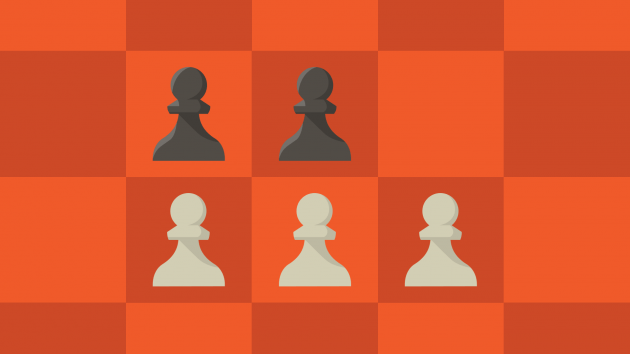
Pawn Majority
Have you ever wondered how grandmasters can tell which side will win an eventual endgame? Or how they decide where or how to attack? Part of their secret is their understanding of pawn majorities—and now you can learn what that secret is!
Here is everything you know about pawn majorities:
What Is A Pawn Majority?
A pawn majority happens in chess when a player has more pawns than their opponent on any sector of the board. When a player has more pawns than their opponent on the kingside, it's called a kingside pawn majority. When the numerical advantage happens on the queenside, it's called a queenside pawn majority.

Pawn majorities usually occur on the board's wings, but they can also happen on its center. In that case, we refer to it as a central pawn majority.

Why Are Pawn Majorities Important?
Pawn majorities are an important part of chess, especially during the endgame. Pawn majorities can help a player to create a passed pawn, which is key to winning these positions.

They also help players to come up with middlegame plans. Generally speaking, players should attack on the side of the board where they have a pawn majority. However, that is not always the case—one example is the minority attack, in which a player tries to undermine their opponent's pawn majority.

Test
Now that you know what a pawn majority is, it's time to test your knowledge. Take a look at the image below. Can you identify the pawn majorities and what each of them is called?

You're right! Black has pawn majorities on the queenside and the center, while White has a kingside majority.

Next, can you identify the pawn majorities in the position below and tell who has the better chance of winning, and how?

Well done! White has a pawn majority on the queenside and can win the game by creating a passed pawn and promoting it to a queen.

Conclusion
You now know what a pawn majority is, why it is important, how to win more games using this knowledge, and more. Check out our lesson on endgames so you can start winning more games.







